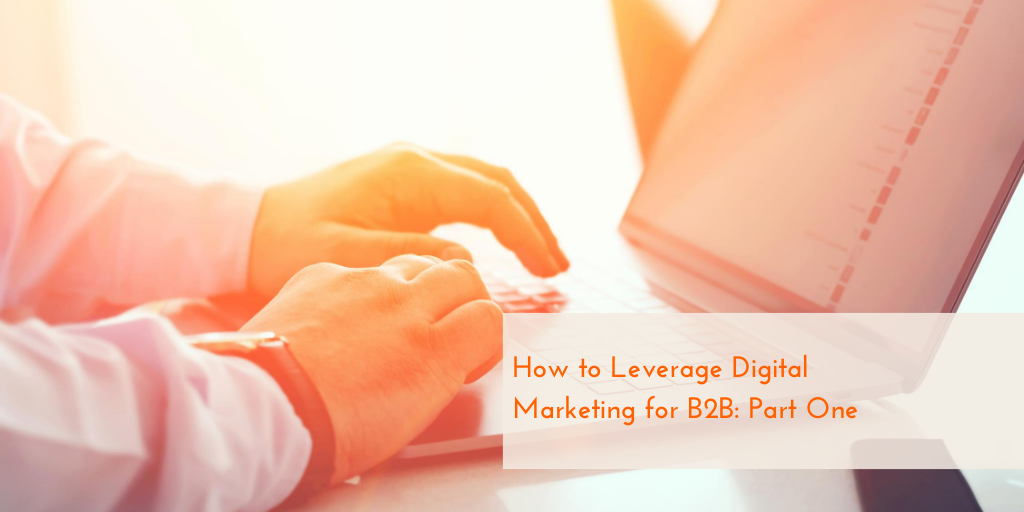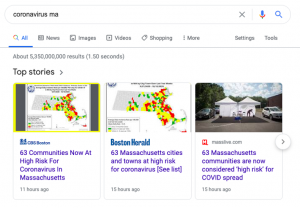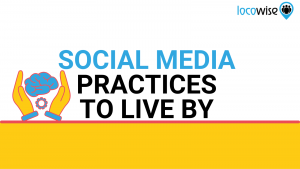
Many B2B companies tend to believe that most of the digital marketing techniques that are popular right now tend to work only for B2C brands. It’s true that Instagram is pretty powerful for sharing new products with potential buyers, and influencers seem more effective when they have physical products to share.
However, digital marketing is not only for the business-to-consumer crowd. Your B2B brand can leverage every single tactic those B2C companies use.
Start With Buyer Personas
Regardless of how you plan to market, whether with digital or direct tactics, you must have some idea of who your target buyer is. Don’t simply think in terms of what their job title is, either, though that’s certainly a big part of developing these personas.
When you create your buyer personas, you want to crystalize the image of your ideal buyer in your mind, much like you might a character in a book. Where do they live? What do they do outside of work? What is their spending budget? How do they like to receive messages, such as text, email, phone calls? What is their biggest pain point? How will you solve it?
As you get a better idea of your target buyers, you’ll understand the best ways to reach them, with your messaging and your distribution choices.
Segment Your Buyers
Again, whether you plan to use digital or direct marketing, this is a practice you want to introduce sooner rather than later. You may start with one large group of buyers, but within moments of your first touch, you can begin segmenting those buyers according to their responses. According to statistics, marketers experience an average of 760% increase in revenue when they send segmented email campaigns.
Your first segmentation choice can refer to the buyer’s location in the buyer’s journey. For instance, within your first email message, you may be able to immediately classify responses as “warm leads.” If they visit your website and fill out a form or otherwise request more information, they’re probably pretty interested right away in what you’re selling.
Those who visit but don’t request information may not quite be there yet, so they’ll be in a different classification than warm leads. They’ll need more information, so you can segment those potential buyers to ensure they get the content they need to make a decision.
You’ll then want to segment further according to the content they receive to keep them moving through the buyer’s journey. Learn where those buyers are consuming your content so you can reach them where they live. Do they discover your messages through LinkedIn or Facebook? Are they reading your email marketing messages? Did they find your website through a PURL on your print marketing?
The more you learn about your buyers, the better you can segment them so they always get relevant information in the ways they want to receive it.
Invest in a Quality Website
Here’s a quick fact: 80% of people look at websites when choosing potential service providers. Regardless of how large or small your business may be, those visitors expect to see a quality website when they find you online. That doesn’t mean you’ll need to spend tens of thousands of dollars on your website, but you may need to investigate updated styles and functions in order to engage potential buyers.
First, make sure your website is mobile friendly. This is absolutely crucial, as these stats will prove:
- 91% of American adults keep their smartphone within reach at all times
- 70% of all B2B searches will be made on smartphones this year
- Mobile can accelerate the time to purchase by 20% for B2B buyers
- 46% of consumers won’t come back to your website if it doesn’t work on mobile
- 48% of buyers think a brand just doesn’t care about their business if their site isn’t mobile friendly
- 90% of B2B buyers will buy again from the same vendor if they have a superior mobile experience
In spite of all the evidence that mobile friendly websites are crucial, only 42% of companies have a mobile-optimized website.In addition to mobile friendly, your site should have an updated design; a design from the early 2000s will definitely turn your buyers off. A thorough navigation system is also crucial. As thorough as it must be, that navigation should also be simple and easy to use so your site visitors can find what they’re looking for. Take advantage of white space so your pages don’t appear crowded or disorganized. These are all design elements that will give a great first impression, but don’t stop with good design.
Pay Attention to SEO
Your site can also function as one of your most important marketing tools, provided you practice good search engine optimization techniques. With 68% of online experiences starting with a search engine, you want to make sure your site gets found.
Good SEO practices involve more than just keywords, though relevant search phrases are the cornerstone of a good SEO strategy. Don’t just focus on the shorter phrases, either, as you can be sure you’ll battle your competitors daily for the results. Focus instead on some long-tail search phrases that will reach buyers who are closer to making a purchasing decision than those who are just starting their search with simple keywords. We’ll dig a little deeper on this in a later post.
Google wants to see good quality content with their web crawlers, and they tend to return results with fresh content over websites that don’t update very often. The more content you publish, such as landing pages and blogs, the more content you’ll give Google to index for higher ranking on search engine result pages.
For additional boosts to your SEO, be sure to use meta data wherever you can, including titles and meta descriptions on images and video. Every page should have a meta description, too, with attention to key phrases that appear on that page—as long as those phrases are also relevant to the services you want people to find through searches.
Finally, test the speed on your site often, especially if you use video and images a lot. Google gives preference to faster sites, and so do buyers. In fact, 70% of consumers say page speed could increase their likeliness to buy, while 53% will leave a page that takes more than three seconds to load.
This is only the beginning of the digital marketing techniques you can use for your B2B business. Next time, we’ll take a closer look at some of those tactics you may believe only work well for B2C, including social media and PPC advertising.
Author: Liz Papagni
Driven by a passion for marketing and 25 years helping companies of all sizes drive awareness, engagement, response and ROI, I launched Marketing Initiative Worx to help companies and agencies drive their business by taking their marketing to the next level. I founded the company on the belief that defining a… View full profile ›
(50)
Report Post








